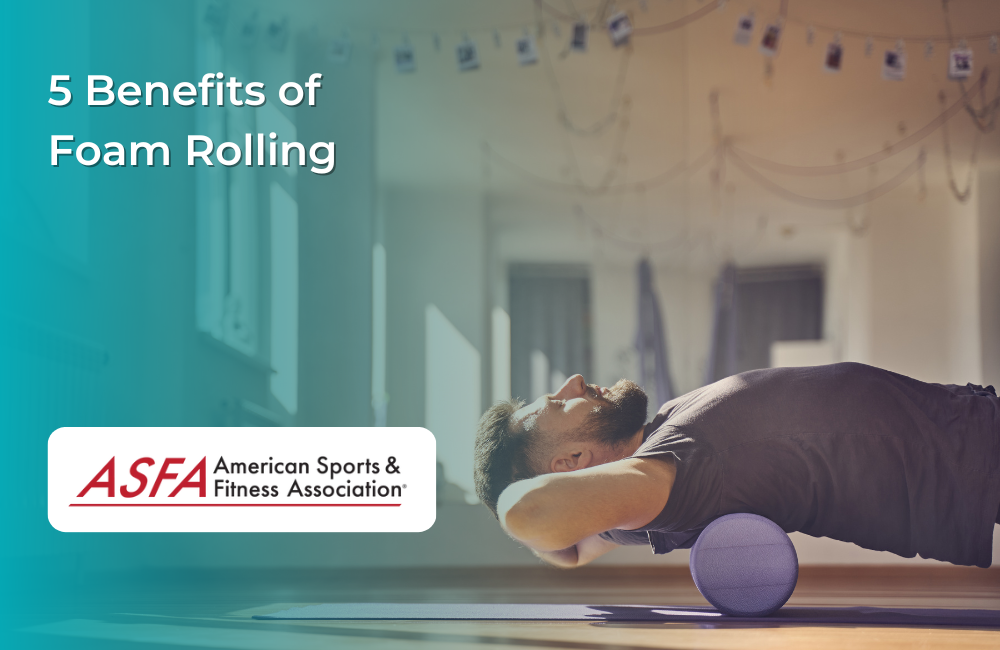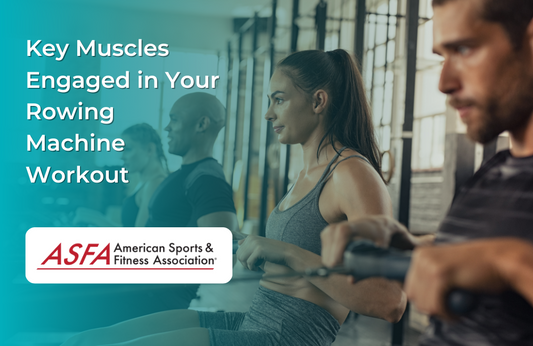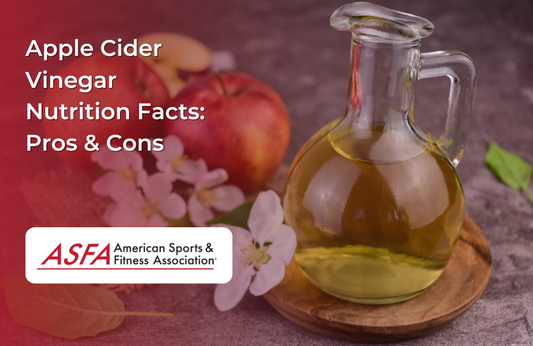When you’re trying to get a workout in, you want to be sure you’re doing everything possible to improve your athletic performance and prevent injury. Foam rolling is one of those things that can help, even if it might not seem like much at first glance.
Foam rolling is a self-myofascial release massage technique that uses specialized foam rollers to apply pressure to the superficial layers of muscle and fascia (connective tissue) in order to improve their function and enhance flexibility. The more you use your foam roller, the more benefits you’ll see. Using a foam roller will help improve your posture, flexibility and range of motion. This can help decrease pain in the lower back and neck areas. Here are five ways foam rolling can help:
Foam rolling can help your muscles recover from strenuous exercise.
Foam rolling can help your muscles recover from strenuous exercise. Foam rolling helps increase blood flow to the muscle, improving recovery time and reducing soreness.
It can also help with other types of muscle soreness, such as the type that comes from exercising without warming up. Foam rolling before exercise can reduce injuries by increasing flexibility and range of motion in your joints. So if you’re looking for a way to decrease tightness and increase flexibility in your joints, foam rolling might be a good option. Just remember that it’s not suitable for everyone—and if you have a health condition or injury, consult with your doctor before trying this out.
Foam rolling can reduce delayed onset muscle soreness.
Foam rolling is also a great way to get rid of soreness and muscle tension. It’s especially useful after a workout because it can help reduce DOMS (delayed onset muscle soreness). Delayed onset muscle soreness (DOMS) is the pain you feel 24 to 48 hours after exercise, and it's caused by muscle damage. Foam rolling can reduce this type of soreness by increasing blood flow to the muscles. This helps speed up recovery time and reduces post-workout stiffness.
We won’t lie, foam rolling is painful. But it's worth it! Foam rolling is a form of self-massage that uses a foam roller or other tools to stretch out your muscles. The process involves applying pressure to specific areas of your body (such as your hamstrings) until you feel a slight discomfort—and then holding it for about 30 seconds before moving on to the next spot.
Foam rolling can reduce the need for additional stretching after a workout.
Foam rolling is an excellent way to improve flexibility, but it can also help you avoid the need for additional stretching after a workout. Stretching is not as effective as foam rolling when it comes to increasing range of motion and reducing injuries. In fact, research shows that stretching may actually increase your risk of injury if you do it incorrectly! Foam rolling is much safer because almost anyone can use it--even people with injuries who should avoid certain stretches.
Foam rolling is a form of self-myofascial release, which means that it helps break up the fascia (connective tissue) surrounding your muscles. This can help reduce tightness and increase flexibility in your joints. Foam rolling is also known as self myofascial release (SMR).
When you foam roll, you use a large cylindrical piece of PVC pipe called a "roller" to massage along the length of certain muscles in order to increase blood flow and improve flexibility in those areas.
Foam rollers come in different sizes and densities depending on what kind of pressure you want them to apply.
The firmer ones can be used on harder-to-reach areas like hamstrings or lower back; softer ones are better suited for tightness around the upper legs. Foam rolling can also improve strength and power. It allows you to work muscles through their full range of motion, which helps develop strength and power.
Foam rolling can improve your range of motion.
If you're a runner, cyclist or any other type of athlete who works out regularly, foam rolling is a great tool for improving flexibility and keeping muscles loose after hard workouts. It also helps reduce the need for additional stretching after a workout as well as helping with post-workout soreness.
Foam rolling reduces risk for injury by improving muscular balance and flexibility.
By regularly foam rolling after workouts or throughout the day when soreness occurs, you'll be able to reduce risk for injury by improving muscular balance and flexibility--which will ultimately allow us move more freely without putting unnecessary stress on our joints!
Conclusion
Foam rolling is a great way to recover from hard workouts, reduce your risk for injury and improve your flexibility. It's also very easy to do! All you need are some foam rollers, which can be purchased at any store that sells fitness equipment or online store. If you don't have enough time in the day to do this exercise before or after every workout then try doing it once or twice per week instead.





